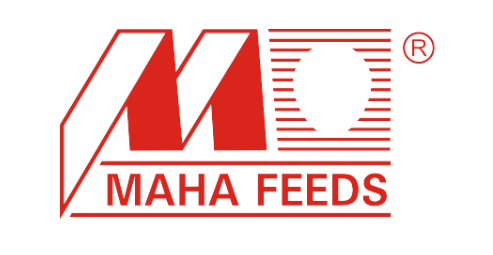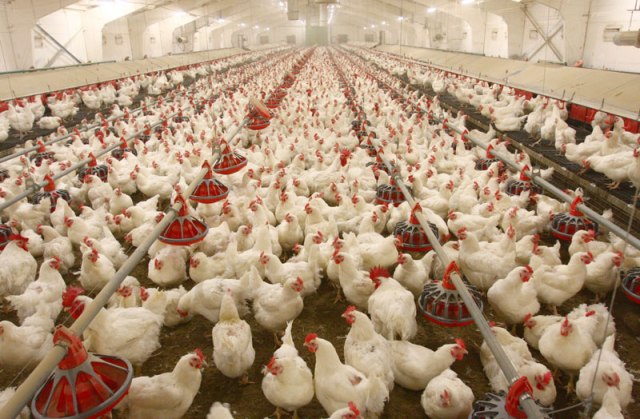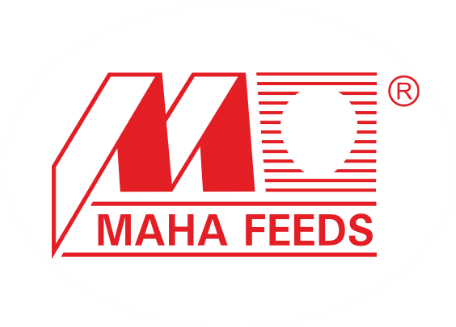The analysis of socio-economic conditions of the poultry farmers in the states of Kerala and Tamil Nadu has been done in the previous chapter. It reveals the fact that the socio-economic conditions of the poultry farmers in Tamil Nadu are comparatively better. However, the working of the poultry industry really begins with the techniques and practices followed by the farmers in the management of poultry birds.
Further, poultry management practices are the first and most vital element in the production aspect of the industry. The success of the poultry industrial unit depends mainly on the scientific poultry management practices adopted in the farm. Therefore, it is quite useful to review the poultry management practices followed by the poultry farmers in the state of Kerala vis-a-vis Tamil Nadu.The present chapter is an attempt to fulfil this objective.
For conducting a comparative study on. the poultry management practices in Kerala and Tamil Nadu, a total of 600 poultry-farming units, 300 each from the two states have been selected.
Poultry Management Practices
In India, the systems of poultry farming on commercial basis are of two types viz., deep litter system and cage system. In deep litter system birds are allowed to move on the floor of the house. On the other hand, under cage system birds are in individual enclosures, made up of approximately 2 mm thick iron rods. These enclosures are made in such a way that bird can be kept inside easily and they can be fed and water adjusted outside the enclosures. In the State of Kerala and Tamil Nadu the most common method adopted is the deep litter system. Hence, the study on poultry management practices has been done with reference to deep litter system.
The primary object of the commercial poultry producer is to get the best possible weight and quality of the bird at the lowest cost. The returns of the commercial unit will be decided by a combination of the various management practices adopted in the farming unit. In primary survey, it is found that poultry units adopt management practices in eight specific areas. Hence, the study has been limited to these aspects only.
1.Construction of Poultry House,
2.Management of Rearing Birds,
3.Brooder and Light Management,
4.Litter Management,
5.Feeding and Watering,
6.Disease Management,
7.Insurance of Farm
8.Keeping Records and Accounts.
Construction of Poultry House
Assuring right type of poultry house suited to the climate and physical environment to the birds plays a vital role in the maintenance of optimum production. It is also helpful in controlling various types of diseases. The economic feasibility is always borne in mind, while planning for construction of poultry house. The poultry house should invariably be designed for comfort, protection, efficient working results and convenience. The following are the important variables to be considered in construction of poultry house.
Type of Roofing used in the Poultry House
The materials used for the construction may vary with climate and availability of material of the particular localities. It is important that the roofing material should be quite weather proof. According to rainfall and temperature range of the region, suitable materials should be used for constructing the poultry house. In high rainfall areas, materials such as asbestos and metal sheet are suggested for the roof. Where rainfall is very low, the material used should be sufficient to prevent summer sun shining such as light roof, tiles and thatched roofs can be used. But, thatched houses increase annual maintenance cost and chances of penetrating rainwater into the shed. Generally speaking, light roof, metal sheet (Aluminium painted) and tiles roof are highly suitable for the poultrr houses in the state of Kerala and Tamil Nadu.The types of roofing used in the poultry house among the sample poultry units in both the states of Kerala and Tamil Nadu.



Leave a Reply